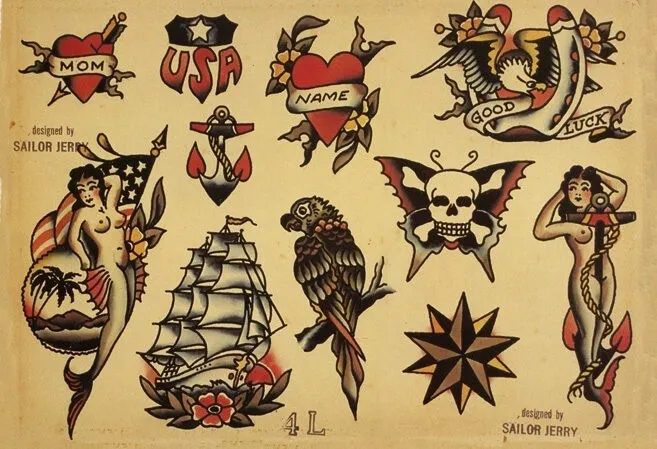
A brief history of modern tattoo
The history of modern tattooing is a fascinating journey that spans centuries and cultures, reflecting the evolution of art, technology, and societal attitudes. From ancient origins to its contemporary resurgence, the practice of tattooing has undergone profound transformations, ultimately becoming a significant form of self-expression and cultural identity.
Tattooing is not a recent phenomenon; its roots can be traced back thousands of years. The earliest evidence of tattooing dates back to around 3370-3100 BCE, with the discovery of Ötzi the Iceman, a mummified body found in the Alps. Ötzi bore several tattoos, believed to have therapeutic or ritualistic significance. Similarly, ancient Egyptians practiced tattooing as a form of adornment and identification, often reserved for women and priestesses. In Polynesia, tattooing held cultural significance, symbolizing rites of passage, social status, and genealogy.
The practice of tattooing spread through trade routes and colonization, with European sailors in the 17th century encountering tattoos during their voyages. The term “tattoo” itself derives from the Tahitian word “tatau.” Sailors often got tattoos as souvenirs of their travels, and these markings became associated with a sense of adventure, though the practice was often stigmatized in mainstream societies.
In the 19th and early 20th centuries, tattooing in the Western world gained a somewhat seedy reputation due to its association with circus performers, criminals, and marginalized groups. However, the art form began to shift and evolve thanks to key figures like Samuel O’Reilly and Thomas Edison, who developed the first electric tattoo machine in 1891, revolutionizing the process and making it more accessible.
The mid-20th century witnessed a gradual transformation of the tattoo’s status, as it moved from the margins to the mainstream. Soldiers returning from World War II often brought home tattoos acquired overseas, contributing to a growing acceptance of the practice. Tattoo parlors began to proliferate, and the art form began to attract a wider range of clientele.
During the counterculture movements of the 1960s and 1970s, tattoos took on new meaning as symbols of rebellion and self-expression. As societal norms evolved, tattoos shed their associations with criminality and began to represent individuality and personal narratives. Tattoo artists like Lyle Tuttle and Ed Hardy gained recognition for their contributions to the field’s artistry.
The 21st century has seen an explosion of interest in tattoo culture. Reality TV shows like “Miami Ink” and “Ink Master” have brought the art form into homes across the world, demystifying the process and showcasing the talents of skilled artists. Social media platforms have further fueled this resurgence, allowing artists to showcase their work and enthusiasts to share their tattoos with a global audience.
Today, tattoos are as diverse as the people who wear them, ranging from intricate black and gray designs to vibrant watercolor-like pieces. Tattoo artists are increasingly recognized as skilled practitioners of a legitimate art form, and tattoo conventions attract thousands of attendees eager to celebrate the art and culture of ink.
In conclusion, the history of modern tattooing is a narrative of transformation, evolving from its ancient origins to its present-day status as a thriving art form. From its early ritualistic purposes to its association with various subcultures, tattoos have weathered shifts in perception and have emerged as a prominent means of self-expression and identity in contemporary society. The journey of modern tattooing demonstrates the power of art to transcend time and cultures, leaving a permanent mark on the human experience.
